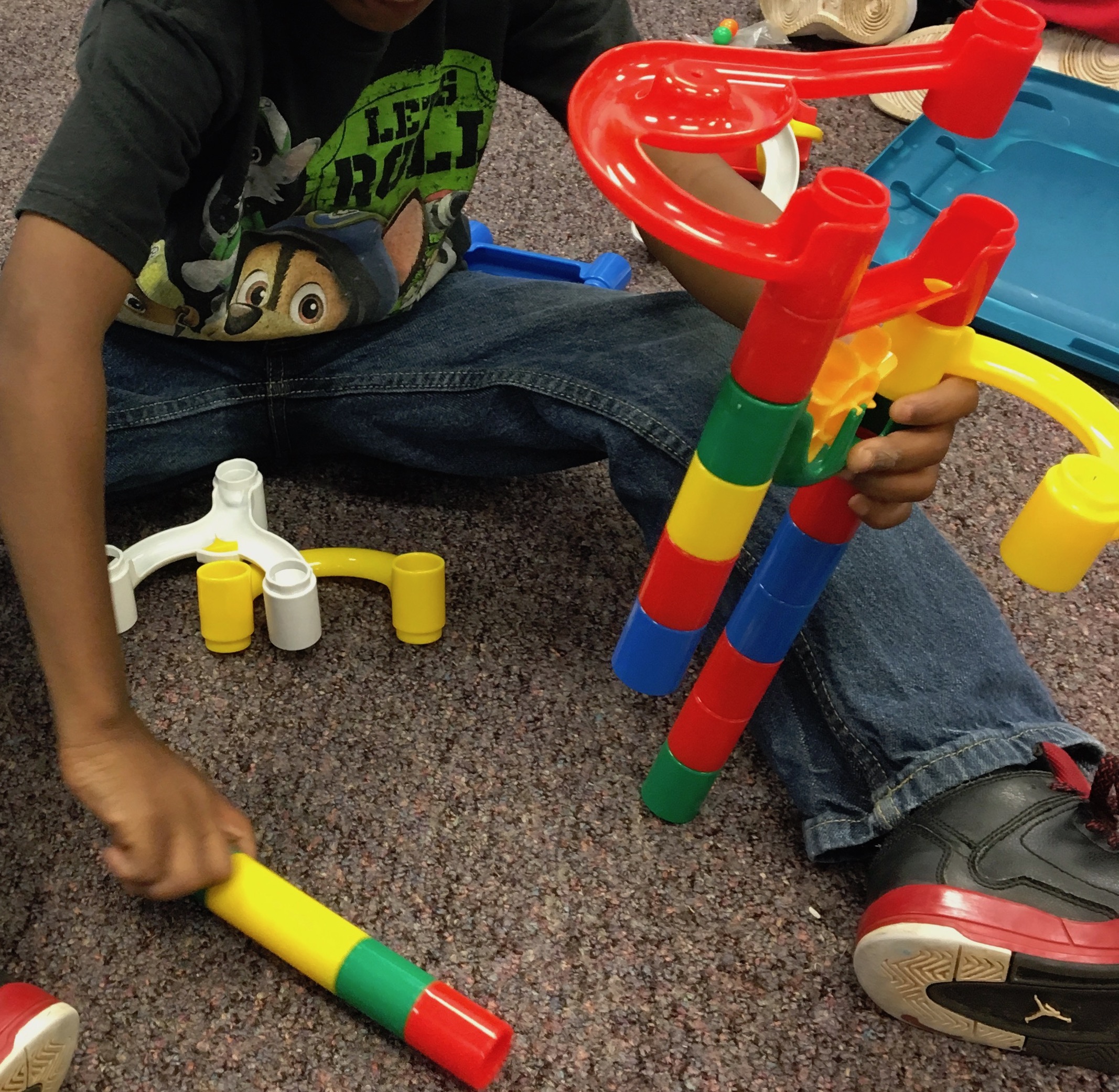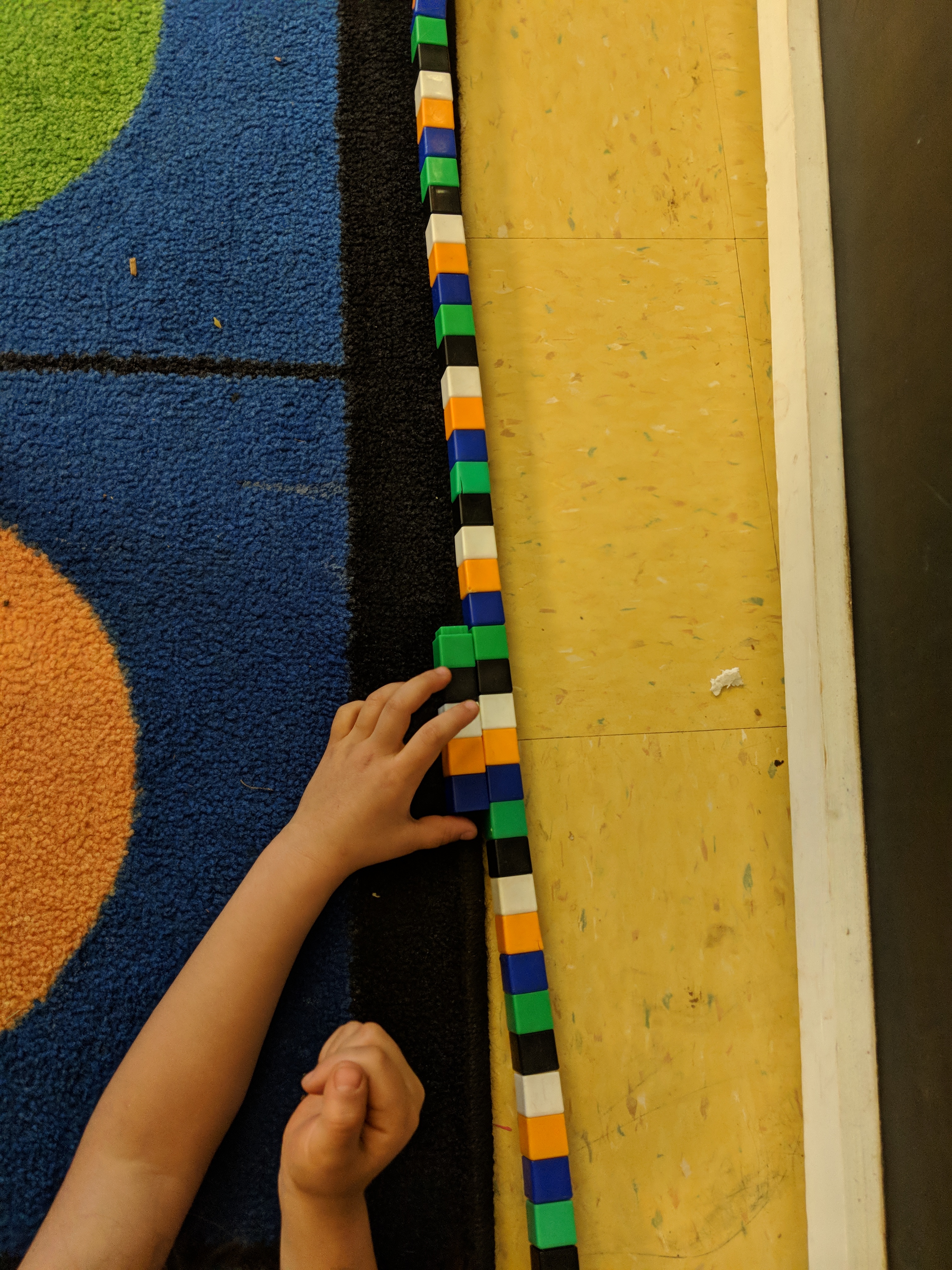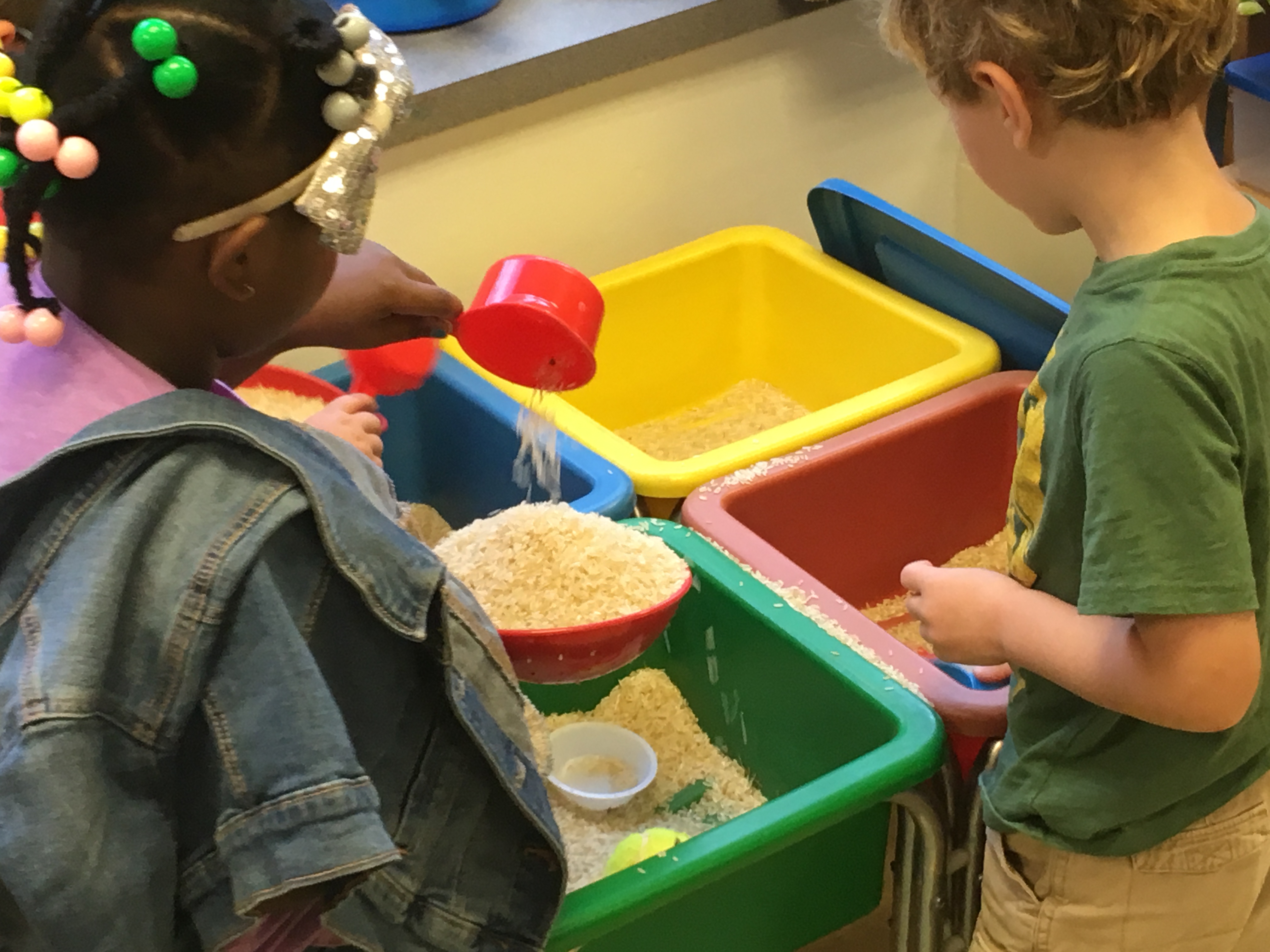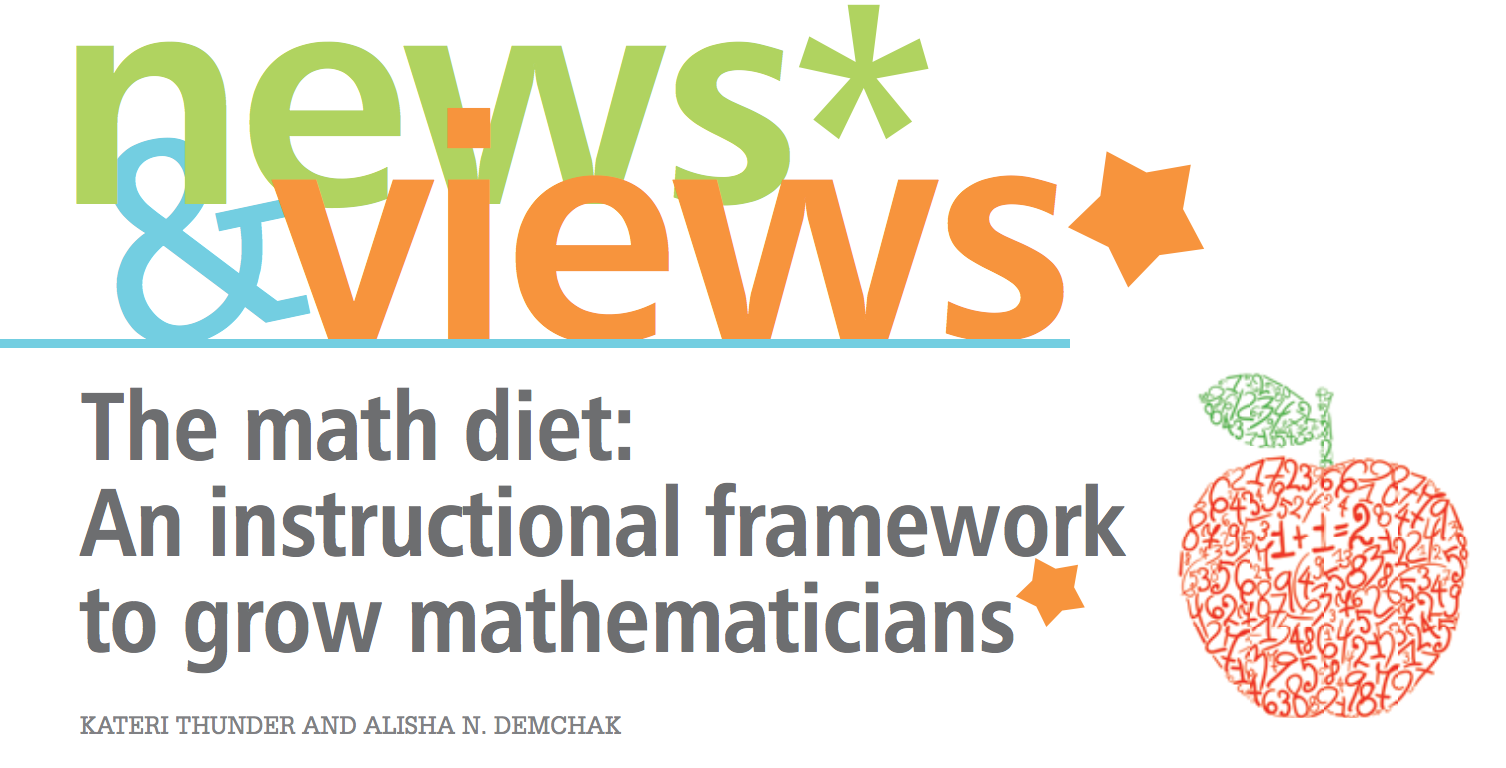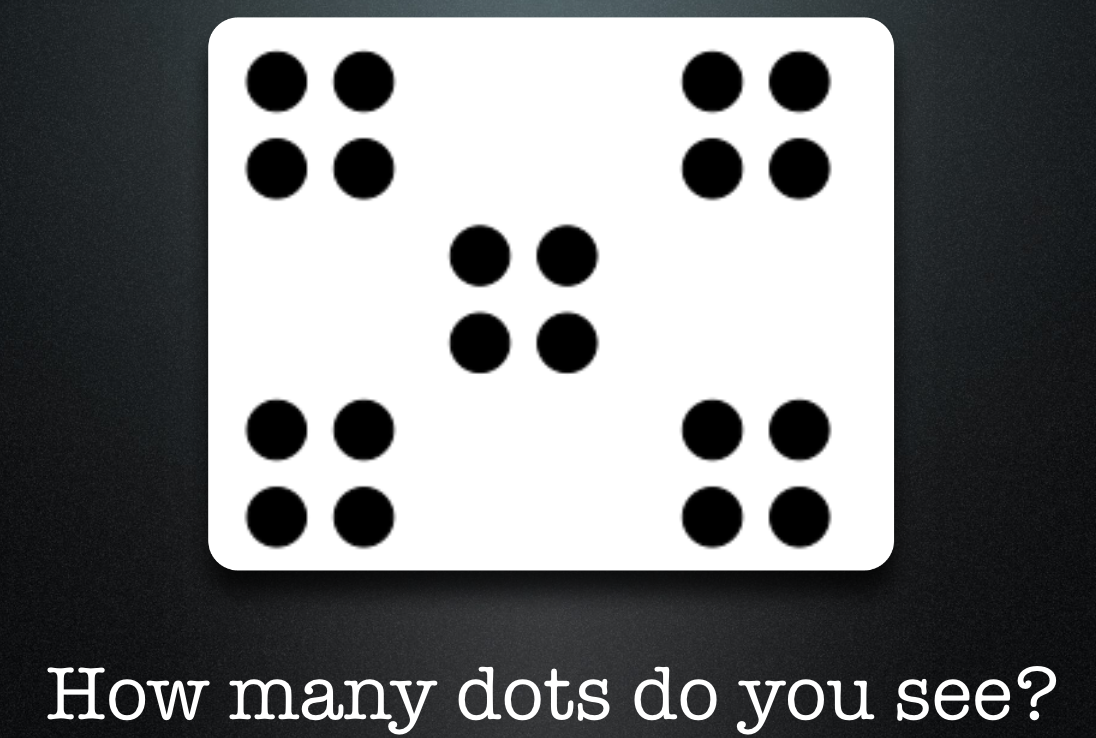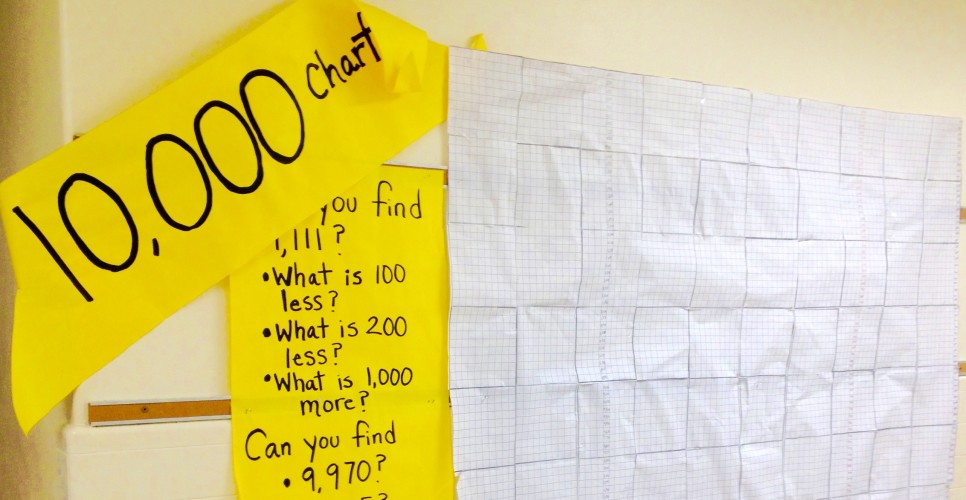Jan
28
2019
Working towards a common goal can bring a sense of community to a group of learners. When challenges arise during the work, the group can lean on each other for support and offer solutions to problems. When the goal...
Dec
10
2018
People of all ages are naturally curious: “Why…?” “How does that work?” “Will that always work?” “What if…?”
In play and in work, children naturally ask these questions and attempt to answer them. These are in-the-moment, naturally occurring goals....
Nov
27
2018
The classroom is a very busy place! Students filled with lots of questions are constantly engaging with materials and posing questions about things they notice and wonder in their environment. When teachers take the time to notice what students...
Nov
09
2018
Our students are busy - busy playing, learning, talking, thinking, discovering, experimenting, wondering. In each of these actions, our students reveal to us their thinking if we are ready to notice. When we notice, we can make our students’...
Oct
07
2018
Check out Kateri's guest blog post for Corwin at http://corwin-connect.com/2018/10/progress-monitoring-tools-to-make-learning-visible/. She explains four critical teaching practices that are accomplished when learning is visible. She details four key steps for effective documentation that makes learning visible, and therefore, actionable in a sustained...
Jun
20
2016
You can now read about the Math Diet in NCTM's journal Teaching Children Mathematics.
Check out March 2016, Volume 22, Issue 7.
If you have a membership with NCTM, you can read our article for free at NCTM's website.
If you do not...
May
30
2016
Why can’t my students mentally manipulative numbers?
Why can’t my students adjust numbers to make them friendly for computation?
The answer: Subitizing
Subitizing is the quick recognition of a quantity of objects without counting (Clements & Sarama, 2007). There are two types...
Apr
21
2016
We are educators, readers, writers, and mathematicians.
We seek to unite the two worlds of math and literacy.
We began our journey together, ten years ago, as second grade teachers collaborating to plan units, field trips, and family-school events. As we...

